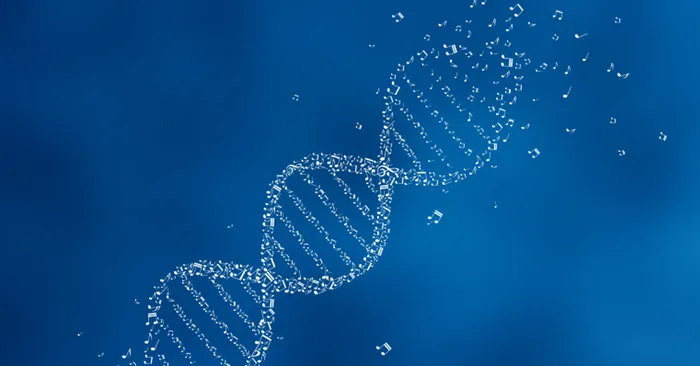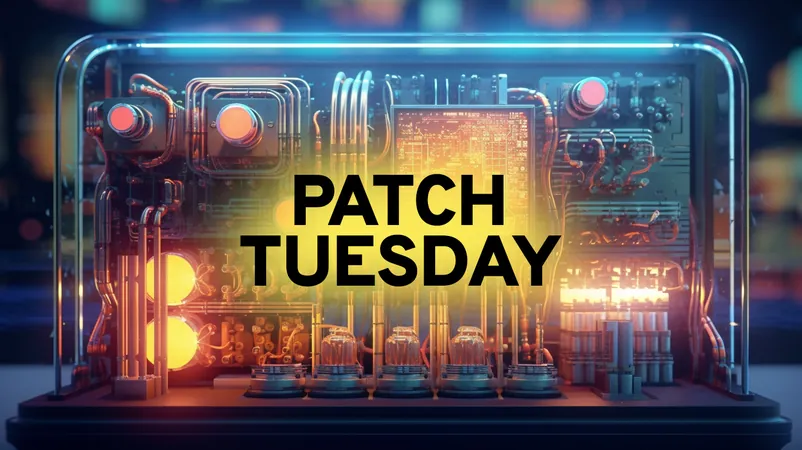
Revolutionary Discovery: How DNA Repair Proteins Work Together to Fix Genetic Damage
2024-11-22
Author: Nur
Introduction
DNA damage is a serious issue that can result from both natural cellular processes and external threats like UV rays and harmful chemicals. When DNA strands break, failure to repair this damage correctly can lead to dangerous mutations, significantly increasing the risk of diseases such as cancer.
New Research Findings
Recent research conducted by the Kind Group at the Hubrecht Institute has illuminated how repair proteins function within the intricate web of human cells. Their groundbreaking study, published in Nature Communications, highlights the collaboration of these proteins in organized structures known as "hubs" to facilitate DNA repair.
The Importance of Accurate DNA Repair
"Accurate repair of DNA damage is critical for maintenance of genomic integrity and cellular viability," states the research team. These findings underscore the importance of single-cell resolution, as DNA damage is often unevenly distributed across the genome. Traditional methods that average out data from multiple cells can overlook critical variations. Employing advanced techniques like DamID and ChIC sequencing, the researchers meticulously mapped the localization of repair proteins in individual human cells.
Challenges in Identifying DNA Breaks
First author Kim de Luca, PhD, emphasized the difficulties in identifying where DNA breaks occur and understanding the varying repair challenges. "Finding breaks in DNA is an enormous challenge. Our approach allowed us to answer these questions," de Luca said.
Discovery of Repair Hubs
By focusing on single cells rather than averages, the research revealed unique and sometimes rare DNA repair mechanisms. Moreover, they discovered that repair proteins can form cooperative networks or "hubs" that efficiently address multiple DNA damage sites simultaneously. These hubs resemble "repair cafés," where various damaged areas convene for organized repairs.
Efficiency of Repair Hubs
De Luca explained, "Such a central place makes the process more efficient. A hub can involve as many as six different breaks that are being repaired in a coordinated way." The implications of this discovery are profound, opening doors to potential advancements in cancer therapies and treatments for genetic disorders.
Potential for Targeted Treatments
The knowledge gained from these hubs can pave the way for creating targeted treatments that focus on specific DNA repair processes. "With precise knowledge of DNA repair, we can design new treatments that are both more effective and less harmful," concluded de Luca.
Conclusion
As scientists continue to explore the complexities of DNA repair, these insights not only amplify our understanding of genomic integrity but also herald a new era in the fight against life-threatening diseases like cancer. Could this be the breakthrough that changes everything? Stay tuned for more updates on this fascinating research!




 Brasil (PT)
Brasil (PT)
 Canada (EN)
Canada (EN)
 Chile (ES)
Chile (ES)
 España (ES)
España (ES)
 France (FR)
France (FR)
 Hong Kong (EN)
Hong Kong (EN)
 Italia (IT)
Italia (IT)
 日本 (JA)
日本 (JA)
 Magyarország (HU)
Magyarország (HU)
 Norge (NO)
Norge (NO)
 Polska (PL)
Polska (PL)
 Schweiz (DE)
Schweiz (DE)
 Singapore (EN)
Singapore (EN)
 Sverige (SV)
Sverige (SV)
 Suomi (FI)
Suomi (FI)
 Türkiye (TR)
Türkiye (TR)